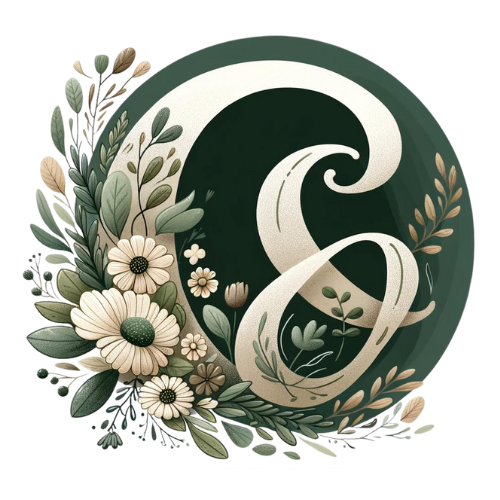Have you ever pondered the convenience of clicking a link in your digital planner and being whisked away to your Google or Apple calendar? If so, welcome to the ultimate guide you didn’t know you needed! While the intricacies of linking digital planners to calendars might seem closely guarded by some, I’m here to fling open the doors to this knowledge.
Believing firmly in the abundance of creativity and success, I think there's ample space for everyone to carve out a fulfilling niche, even if it mirrors my own passions. From crafting digital stickers to intricately linking your planner with Google or Apple calendars, I’m all about sharing knowledge. That's why I’m excited to eventually offer a course dedicated to these very skills, fueled by my love for teaching.
Now, let’s get back to our primary focus. Whether you're designing digital planners for a growing audience or personal use, integrating Google and Apple calendar links is a game-changer. It simplifies life immensely, allowing you and your customers to navigate directly to calendars with a single tap from the planner.
Creating Links for the Apple Calendar
Step 1: Creating a Shortcut First, you'll need an Apple device and the free Shortcuts app. I'll use my own shortcut, "CreativelyClaudia," as an example to guide you through the process. The initial step is straightforward: launch the Shortcuts app and tap the plus sign to create a new shortcut. Personalize it with a name and an icon that resonates with your brand ethos.
Think of crafting your shortcut as developing a formula for direct communication between your planner and the calendar app. By selecting the "Open App" action and designating it to your digital planner app, you're setting the stage for seamless integration.
Next, incorporate a "Text" action with the "Shortcut Input" variable, preparing your shortcut to handle direct links from your planner. Adjusting the "Receive" action to accept text inputs ensures your shortcut is primed for the next steps.
Step 2: Crafting the Link After setting up your shortcut, it’s time to embed it into your digital planner. This involves a bit of legwork, as you’ll need to manually insert the link into each date. Though it may seem tedious, the payoff in functionality and user experience is well worth it.
How to Enable Google Calendar Links
Fortunately, linking to Google Calendar is a simpler affair. There's no need for app installations or shortcuts; just adjust the date in each link you add to your planner. When clicked, these links will direct users to the specific date in their Google calendar, streamlining their planning process.
Sharing Your Knowledge and Tools
After crafting your shortcuts and links, the final step is sharing this capability with your audience. For Apple shortcuts, ensure you guide your customers through enabling "Private Sharing" to facilitate the installation process. Including clear instructions at the beginning of your planner not only enhances user experience but also showcases your commitment to their satisfaction.
Wrapping Up
While integrating Google and Apple calendar links into your digital planner may initially seem daunting, I hope this guide has demystified the process. I'm eager to hear your thoughts and answer any questions, so feel free to drop a comment below. Remember, the journey to mastering digital planner enhancements is a continuous learning process, but with patience and persistence, you’ll soon be linking calendars like a pro!

